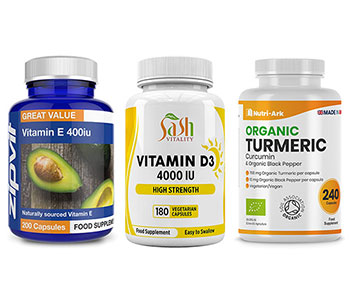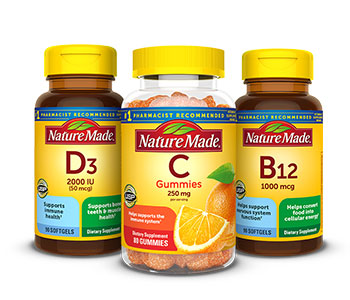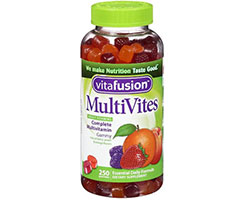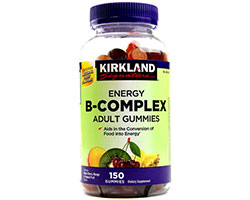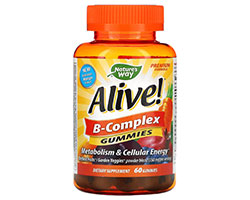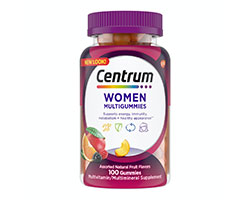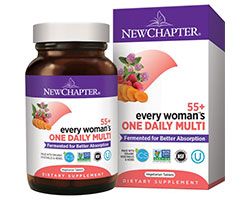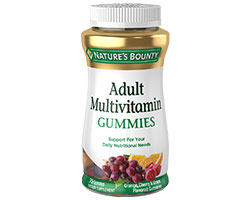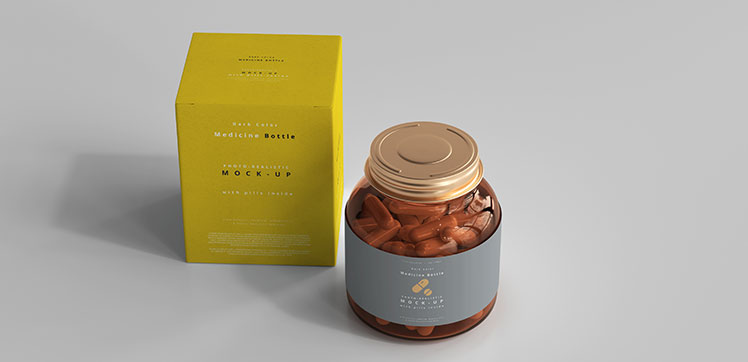
Vitamins are essential to our bodies. Among other things, they help with tissue regeneration, regulating metabolism, and maintaining a healthy immune system. If we were to have a healthy and balanced diet regularly, we would take all the vitamins from the food we eat. But our busy lifestyles and sometimes medical conditions come in the way. Luckily, the supplements are there to help.
More and more people pay attention to their health and lifestyle, so the supplements industry is growing exponentially. New products hit the shelves every year, and vitamin packaging is a must. If you don’t invest in a good strategy, your vitamins end up being invisible.
One of the oldest tricks in the book is to use your vitamin label for branding. The vitamin labels are the first thing customers see about your product, so you’ve got one chance to convince them. We’re here to help, so we put together a guide to building a strong brand around your labels. Let’s dive in!
1. Brand identity and your vitamin label
The core of branding is to present your product as something valuable and desirable to the customer.
In the supplement and vitamin industry, trust plays a major part too. People want to feel safe when it comes to their health, so it’s important to inspire responsibility and commitment on your apothecary labels.
1.1. How to build your brand identity
You are probably wondering how you can actually build your brand identity around your vitamins labels. Well, you start by answering some key questions:
- What do you want people to know about your vitamins – 2-3 aspects
- How are your vitamins different from the others?
- What are the main values of your brand?
Try to simplify the answers. The simpler, the better. If you can’t sketch your brand identity in a few sentences, it’s too complicated for your customers to understand it.
When working on your brand identity, always consider your ideal customer. If you don’t know who your ideal customer is, start by building their persona. Think about their demographics, interests, and preferences. This will be crucial for your multivitamins labels.
1.2. The importance of matching your vitamin label with your brand identity
When looking at your vitamin label, people should easily understand your brand identity. Your product should be recognizable and have a personality.
To gain trust, your brand will need to be cohesive. This means that you should present your brand in the same style, no matter the channel. You can’t have a friendly and casual presence on the shelf and then a super rigid identity on your website.
2. Stand out with your multivitamins labels, don’t blend in
It’s easy to look at your competitors and think: “This is what I need to do to be successful”. However, copying their style will only make you a duplicate. There are hundreds of vitamin labels already similar on the shelf, so that is not going to bring you anything. If you want to grab the attention of your ideal customer, you need to stand out.
Here are some tips to help you find the advantages to use on your multivitamins labels:
- Think about what makes your product better than the others and come up with a list
- Consider what would your customer want to know about your product – make it about your customer needs
- Think about how you could make your vitamin label different – split the design aspects and the message
3. Design’s role in the branding of your vitamin label
Truth be told, the design plays a crucial role in the branding of your vitamin label. How people see your product depends on it, so take your time to come up with something good.
The key aspects to consider for vitamins labels are:
3.1 The logo
A good logo can totally make a difference on multivitamins labels. When getting your logo done, make sure to bring together the lists you made on points 1 and 2 from above. It will be easier for your designer to understand the brief and to come up with something relevant.
3.2 The typography
3.3 The colors
3.4. The shape
3.5 The style
The overall look of your multivitamins labels can be minimalist, flashy, or a mix of many elements. You can get inspiration from other industries, different time periods and locations, or even from the ingredients and flavors of your vitamins.
3.6 The material
Finding the right design takes time for vitamins labels, but the outcome is worth it.
4. Vitamins labels options for different types of packaging
4.1 Multivitamins labels for bottles
Bottles are maybe the most common packaging for vitamins. They are easy to handle and store and also easy to label. Wrap-around vitamin labels or front and back labels work perfectly.
Moreover, they can be designed and customized in so many ways. Because there are so many brands of bottled multivitamins, you need to stand out.

4.2 Vitamin labels for boxes with pill blisters

The boxes with pill blisters are a great alternative to bottles. It is easier to take a pill blister out of the box and carry it around in a bag. It is also easier to count the remaining vitamin pills.
Boxes usually have the text already on them, but you can add a back label especially if you sell in more than one state, and your vitamins labels need to comply with different regulations.
4.3 Vitamins labels for tube containers
The effervescent tablet tubes have a niche on their own. These vitamins are mixed with water and have nice flavors, which makes them great for kids, but not only. In terms of the labels, the wrap-around type suits them best.
The tubes usually have smaller space for labeling, so it’s a good idea to prioritize the information that you want to print.
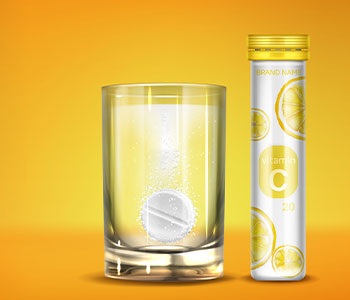
4.4 Multivitamins labels for pouches
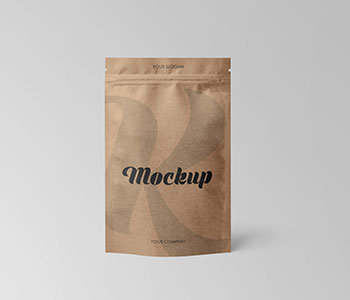
Last but not least, pouches are perfect for brands that promote fighting against plastic waste. Buying vitamins in plastic bottles, blisters, or tubes every time is not environmentally friendly at all.
Pouches are made out of ecological materials that make them a green option. Their layout also offers a great opportunity for branding and marketing.
5. FDA’s regulations for multivitamins labels
Last but not least, let’s also check the mandatory information requested by the FDA, and how to format it. Make sure to read the regulations that apply to your state. The requirements for multivitamins labels can vary from one place to another. We will list some of the general ones below.
Vitamins are dietary supplements, so vitamin labels need to include:
- The name of your product
- Net quantity
- Name and address of the manufacturer, packer, or distributor
- Directions of use
- Serving size and amount per serving size
- The complete list of ingredients
- The percent of the daily value
The last three items from the list above form the so-called supplement fact panel (the nutrition label).
In terms of how to format the mandatory information, here are some of the rules:
- Mark the supplement fact panel in a box
- Make the title and the headings bold
- Use black lettering, with both upper and lowercase letters
Check out some of our other labeling guides:
Always choose the best quality for your vitamin labels
- There is no single good way of creating a nice vitamin label to brand your product. Each brand is individual and has its personality. However, quality should always be a ground-rule. You can’t expect people to trust and choose your product over others if it’s not perfect on every level.
Print your vitamin labels at YourBoxSolution
Order your vitamin labels at a team of experts in the industry! We have more than 29 years of experience and we work with the best materials to bring even the most complex projects to life. We can adapt BOPP labels to any design in the shortest time.
We offer free samples, free proofing, and free gloss or matte laminates, and you can order as little as 250 vitamins labels.
Get in touch today!

